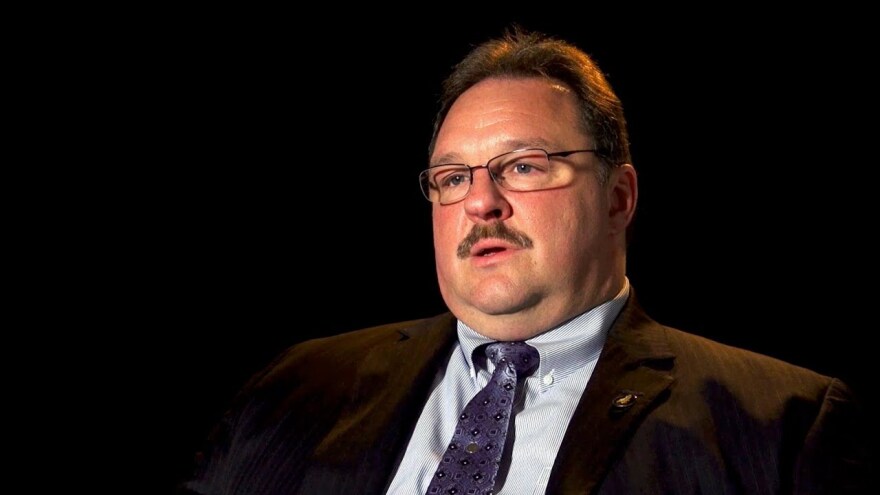Oklahoma City suffered worst domestic terrorism attack in American history when a man named Timothy McVeigh blew up a federal government building on April 19, 1995.
Now 24 year old Jerry Varnell of Sayre is on trial for attempting to bomb the BancFirst building, just a few blocks away from what is now a memorial dedicated to the 168 people McVeigh killed. Evidence clearly shows Varnell participated in the plotbut his agency and wherewithal are in question.
The Government’s Case
Federal prosecutors have called four FBI agents and one informant to testify against Varnell. They used video and audio recordings, as well as facebook and text messages, to recount everything leading up to Varnell’s arrest on on August 12, 2017.
In a video from the night of the planned attack, Varnell hops in the passenger seat of a truck and lights a cigarette. He is unaware that the driver is undercover FBI agent Mike Williams, who testified last week. Williams takes Varnell to a truck stop and hands him a cell phone. Varnell dials a number he thinks will set off explosives he has just planted in a downtown alleyway. It doesn’t. Soon after, FBI agents storm the truck.
Varnell was questioned by FBI agents Eric Larson and Brian Martin for six hours following his arrest. The jury viewed excerpts of the video, in which Varnell insisted the bomb plot was not his idea.
‘Were you forced?” Larson asked.
“Not physically, no,” replied Varnell.
When asked repeatedly why he participated in the plot, Varnell replied with the same vaguery: “To send a message. To wake the people up.”
“Everything that was America is not America anymore,” Varnell told the agents.
Varnell’s Defense
Varnell is a diagnosed schizophrenic. He told federal agents that his anti-government sentiments started around age 16, the same age his parents say his schizophrenic episodes began.
Defense attorneys asked FBI agents if they knew of Varnell’s paranoid schizophrenia. Retired FBI agent Jennifer Schmidtz, who testified Wednesday, said she knew of “allegations” in a Custer County case involving Varnell and self-reported mental health issues in Varnell’s college transcripts. In a 2017 statement, Varnell's parents claimed he has been institutionalized on multiple occasions.
The defense has team also focused on an FBI report from Dec. 2016 that stated, “Varnell does not have a job or a vehicle. The threat has not been repeated. Varnell does not have the means to commit the act at this time.”
By August 2017, the defense pointed out, Varnell was still unemployed and without a car. Government witnesses said they deemed Varnell a threat based on his online activity such as “liking” anti-government groups on Facebook and messages referencing Oklahoma City bomber Timothy McVeigh and Tyler Durden, a split personality character from the 1999 film “Fight Club.” Agents also said Varnell claimed he had built homemade explosives during conversations with undercover FBI agent Williams and an FBI informant named Brent Elisens.
Varnell’s property was searched the day of his arrest, and Schmidtz, who supervised the search, testified there was no physical evidence showing Varnell experimented with chemicals capable of causing an explosion. The search did uncover a speech written by Varnell laiden with conspiracy theories about developing psychotropic drugs, the Clintons and Timothy McVeigh.
During cross examinations the defense continued to point out that Varnell never followed through on pieces of the plan he was responsible for, like choosing a time and place and supplying barrels. Varnell came up with a list of locations after encouragement from undercover agent Williams, and he settled on the on the BancFirst location after Williams took him to scout the location on July 13. He suggested Nov. 5 as an attack date, but Williams said it was too far away. And Varnell never supplied barrels, so Williams provided them.
Varnell, the defense asserted, did not have a concrete plan, nor the means to carry out such an attack.
The trial began Feb. 12 and is scheduled to end Feb. 22, but the defense has yet to call its first witness.





